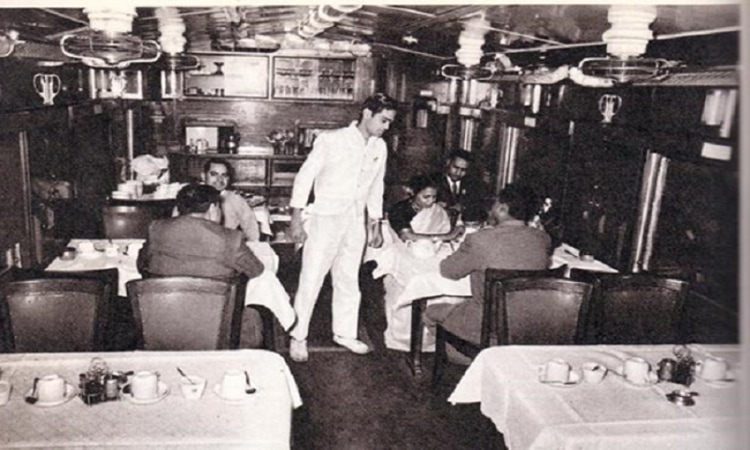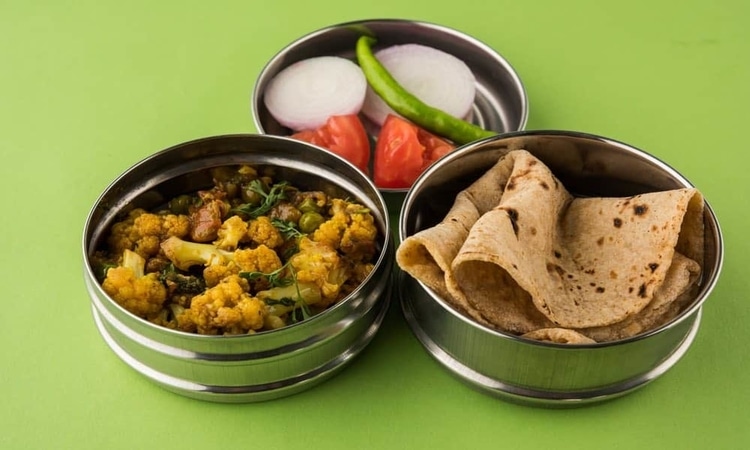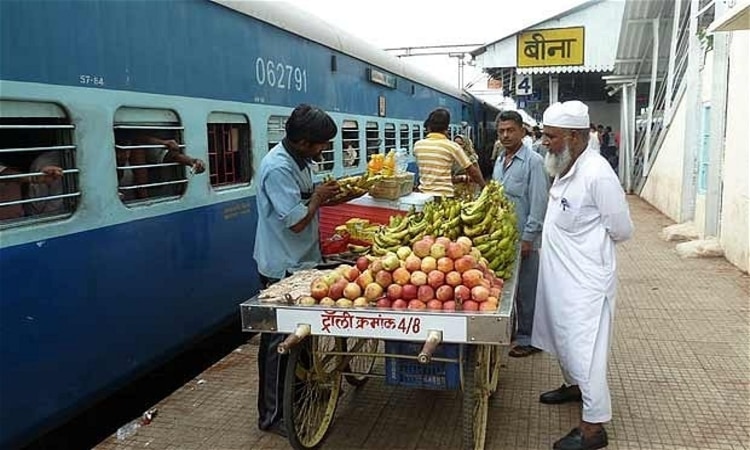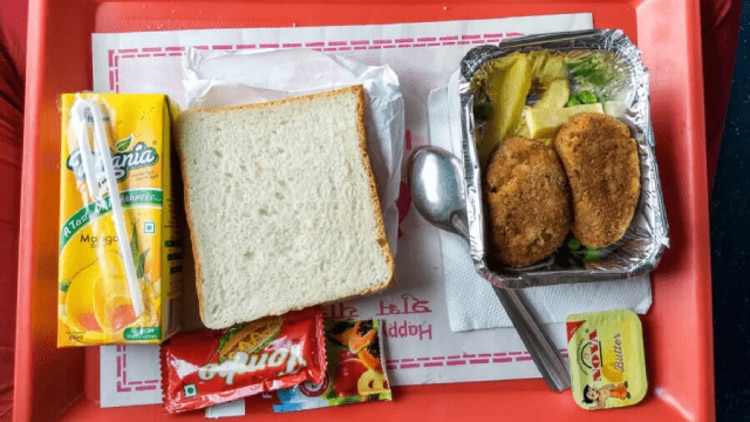One of the best ways to explore the landscape of India is through trains that criss-cross throughout the nation. But the biggest thrill of train journeys is the food eaten while travelling. As time has evolved, food preferences of people travelling through trains have also gone through a change or one can say, they've upgraded. In this blog, we will be taking you on a joyful ride through the history of food consumed during the train journeys. It would surely bring back nostalgic memories for every Indian train traveller!
If you want to know about the best food options at the railway station then do read the blog Best Station Food.
Golden era of railroad dining
The food on the trains can be traced back from the early 1870s when Transcontinental rail services in the United States implemented the dining cars. From the next decade, such cars became the most favourable option for Western train travellers. The dining cars in India were introduced much later. Train no. 12123 Deccan Queen that runs on Mumbai-Pune route was the first train to have a luxurious dining car. In ancient times, riding in the Deccan Queen express was meant for aristocrats and not for the common people. Soon in the 1930s, trains like 12903 Golden Temple Mail and 13009 Doon Express had a separate pantry car coach. But then too, people hardly used to order food from the inhouse pantry car that was attached to the trains.

Post-Independence era
This time period can be called “the good old days” of train travel when everyone used to carry steel dabbas or tiffin boxes. During the post-independence time, women of all the households would get busy, a few days prior to the train journey in planning and cooking up meals. They would determine the total hours of their journey and then think of the possible food which could be eaten during the trip. These were the times when having homemade food during train travel was a norm. On the day of the journey, one of the essentials that would accompany the luggage used to be the tiffin boxes. If it would be a long-distance journey then, it used to sound more of a task. All the extended family (relatives, friends) would get in touch and decide about the fresh food supplies for their journey ahead.

1980s to mid-90s
The mindset of the Indian train traveller in the mid-90s was in a transitional phase. Indians saw that all these tiffin boxes are a major deterrent to the fun of their journeys. On top of it, they also found out that many types of food go stale, putting the passenger in a spot of bother. People then took the adventure of getting down at railway stations and consuming food that was available with hawkers or roadside vendors. They even saw it as a way to taste some regional delicacies. As the renowned restaurant brands had not yet made their way to the railway station, station hawkers were the only option left for food during the journey.

Early Millennials
By the mid-1990s and early 2000s, train travellers started seeing the real picture of food from station vendors. The unhygienic and inappropriate quality of food they sold had turned many cheerful journeys into nightmares. Now, a major chunk of the travellers were dissatisfied with the quality of outside food and had gone back to carrying their own boxes. If the vendor and the food looked hygienic, passengers would have it otherwise they would rely on their dabbas. Most of the passengers reverted back to the good old days of carrying their homemade food in their tiffin boxes.

2010 Onwards
With the advent of technology, train food was also getting a facelift. Current decade can be seen as the era when countless private players used the power of technology to provide hygienic and delicious food onboard.

Now, the travellers could easily let go of the pantry food and station hawkers. They could simply order food (from websites and apps) and it would be delivered to their berths. Isn’t this amazing? The experience of train food was made pleasant all over again.
That’s all for today! Keep reading Trainman blog to know the latest updates on railways and train travel. If you haven’t yet enjoyed the food on the trains, what are you waiting for? Go ahead and book your train tickets easily with the Trainman app. Download Trainman App and check PNR Status of the booked ticket, Train Enquiry, Train Seat Availability and many such spellbound features.

